READ SHORT NARRATIVES
The short narratives featured below are just a few examples of the many life stories contained in this oral history collection. These narratives convey the essence of the original interview transcripts in a more accessible format.
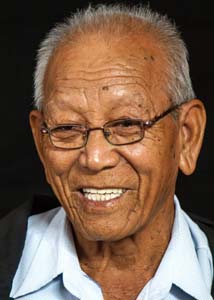 |
Dawa Dakpa became a monk at age 11 and learned to play musical instruments used for Buddhist rituals. During the Chinese army’s attack on Lhasa in 1959, he left the monastery and vowed to protect His Holiness the Dalai Lama from harm. |
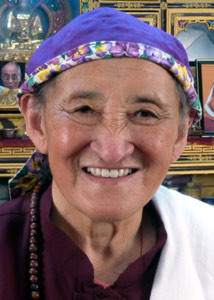 |
Naljorma Jangchup Palmo was from a very devout Buddhist family. When they tried to escape from the Chinese army, her father was killed and she was shot several times. She spent several years meditating in a cave to learn how to forgive the Chinese. |
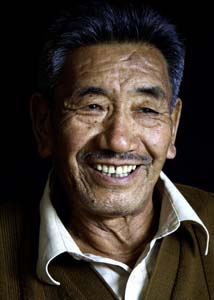 |
Dakpa Samdup’s family managed a large estate leased by a monastery. He joined the Chushi Gangdrug (Defend Tibet Volunteer Force) to fight against the Chinese army in Lhasa. |
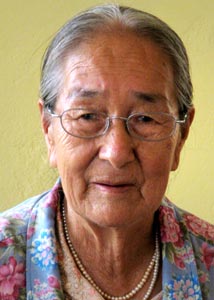 |
Sonam Tso grew up on a farm in Amdo Province. The Chinese confiscated the farmland and converted it to an unsuccessful commune. Many people died of starvation and the young people were sterilized. |
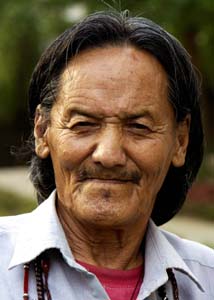 |
Gapa Akar was a nomad from Kham Province who raised yaks and sheep. When the Chinese army invaded the nomads refused to cooperate with them. He escaped, but many of his family members were killed or captured. |
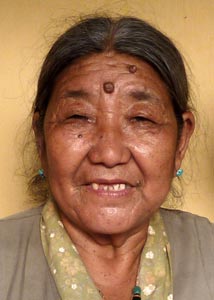 |
Dechen Lhamo was married to a trader in Phari. Her father and father-in-law were imprisoned by the Chinese and her husband was forced to do hard labor. She was isolated and had to care for her two daughters alone. |
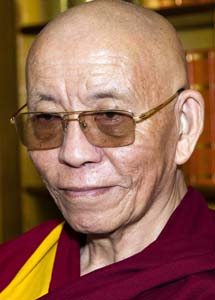 |
Keotsang Tulku Jamphel Yeshi was recognized as a reincarnated lama and studied Buddhism at a monastery until the Chinese army invaded. They subjected him to thamzing (struggle sessions) and he spent 17 years in prison. |
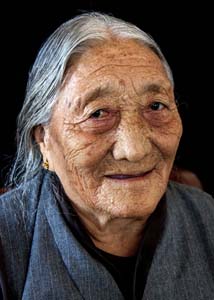 |
Sonam Bhuti’s family grew crops and raised animals. She married a shopkeeper in Phari, who was forced to give all of his money to the Chinese. He had to submit to “political education” but was spared from thamzing (struggle sessions) and arrest. |
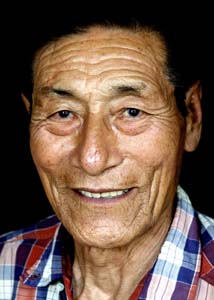 |
Ati was a nomad from Kham Province who became an attendant to a senior district leader. Then he joined the revolt against the Chinese occupation and fled with many other Tibetans. |
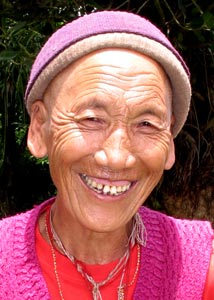 |
Tsetin’s father was a trader who fought against the Chinese occupation. Her family was forced to leave their village. She was arrested by the Chinese and suffered from starvation under the commune system. |

